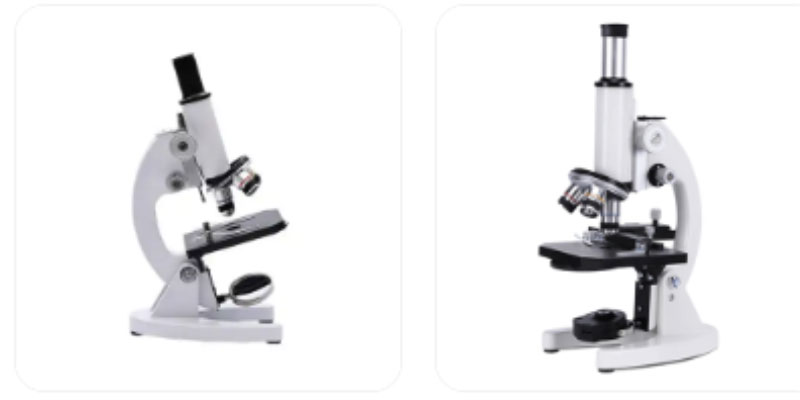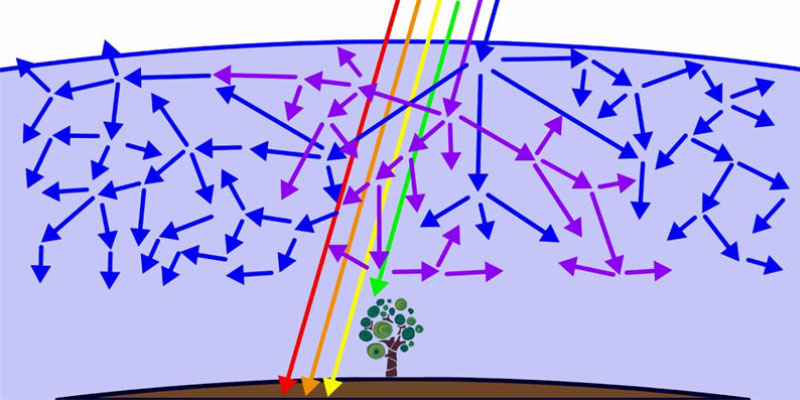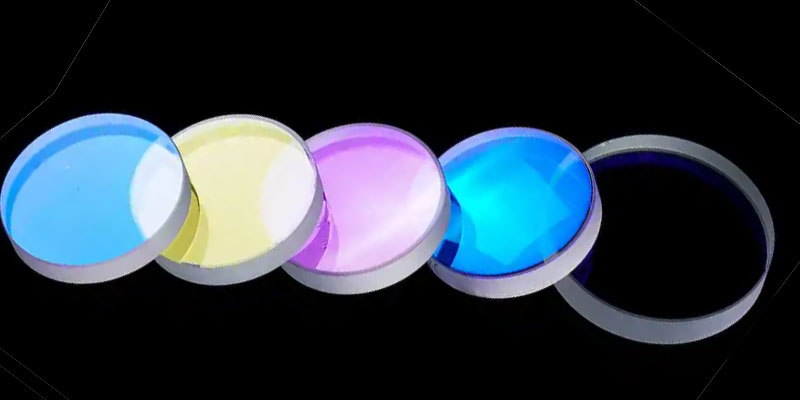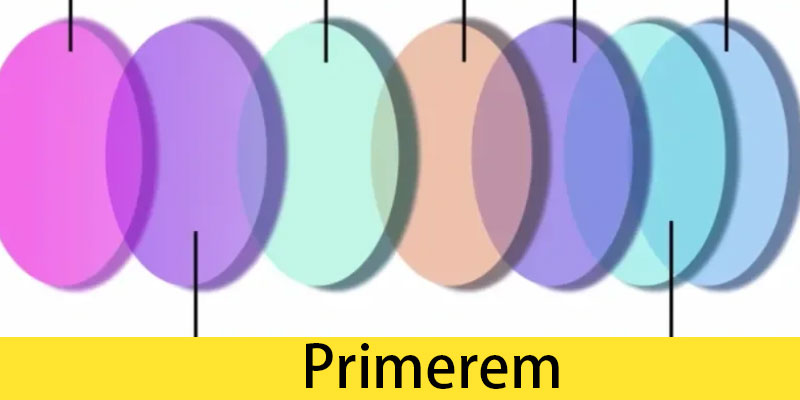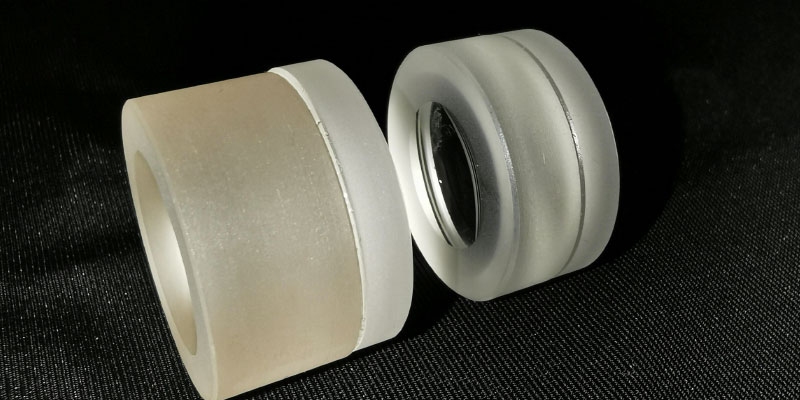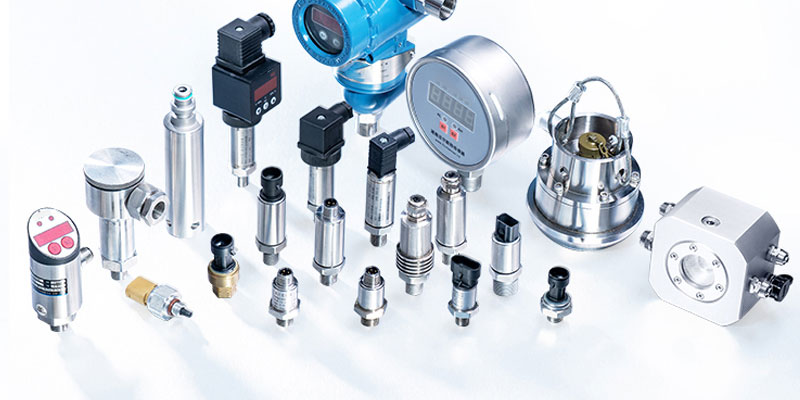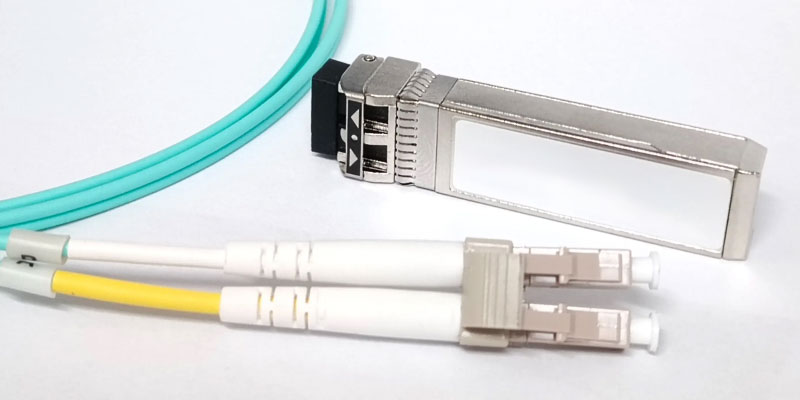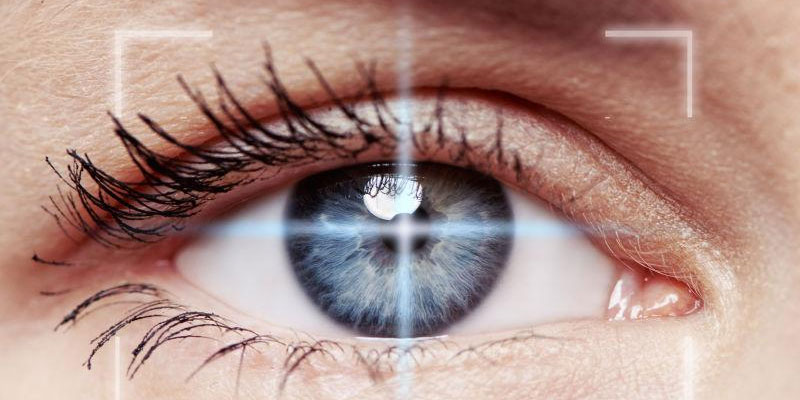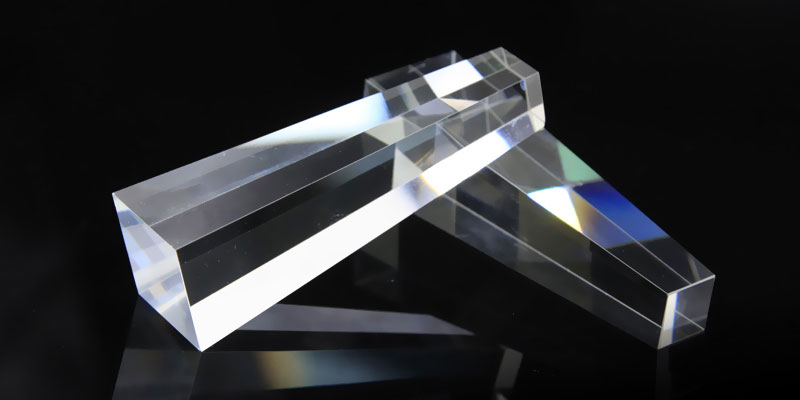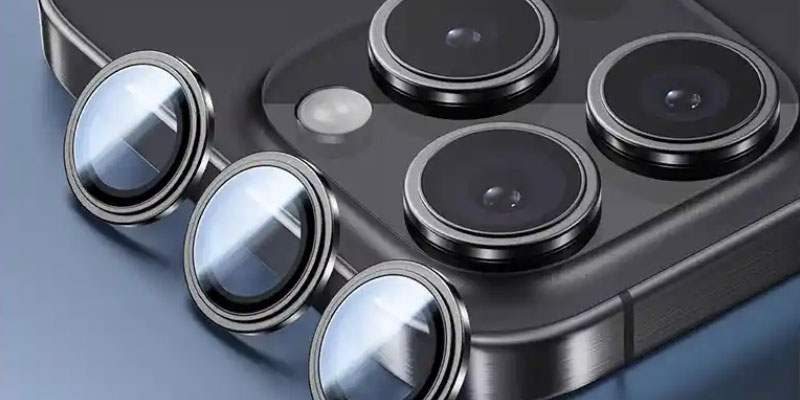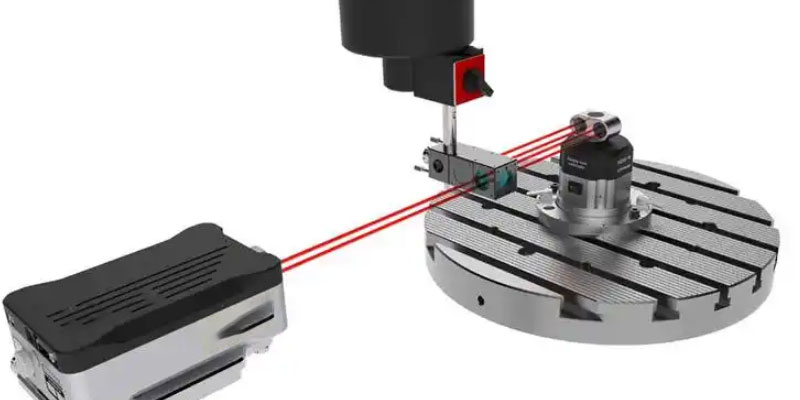
An interferometer is a device that uses wave interference to accurately measure parameters such as distance, wavelength or small displacements. Interferometers use the principle of interference, a phenomenon produced by the interaction of two or more waves. When two wave crests coincide, they interfere constructively, which enhances the amplitude of the wave. Conversely, when the peaks of a wave coincide with its trough, destructive interference occurs, resulting in a weakening of the wave.
The instrument uses a beam splitter to split the incident light wave into two distinct paths. The light waves are then recombined on a detector, which analyses their interference patterns to extract valuable information.

Interferometers are used in a wide range of applications and come in all shapes and sizes. Retroreflectors are useful in many different situations. They can be used to measure small changes in the surface of tiny organisms, such as microscopic microorganisms. These interferometers can also be used to detect distant large areas of gas and dust in space using radio interferometry. They are also capable of detecting the elusive gravitational waves. A standard configuration, such as the Michelson laser interferometer shown above, consists of basic components such as a laser, a laser beam splitter, a series of mirrors, and a photodetector that records the interference pattern.
How an interferometer works?
A coherent beam of light from a laser is the initial light source. This beam is directed to a beam splitter, which splits it into two beams, each with a different optical path. One of the beams is directed to a stationary reference mirror and the other beam is directed to the target or sample. Subsequently, the two reflected beams from the reference mirror and the sample recombine and interact at the beamsplitter. This interaction produces constructive or destructive interference, resulting in an interference pattern. The resulting pattern is captured using a photodetector to detect changes in intensity caused by constructive and destructive interference.
Applications of Interferometers
Interferometers are widely used in different disciplines such as science, technology and medicine. In the field of fibre optics, these instruments play an important role in observation techniques such as precise measurement of small displacements, refractive index changes, surface irregularities or topography.
In the field of aerospace, interferometry is invaluable to astronomers wishing to obtain the resolution of large telescopes. The method involves combining the signals from multiple smaller telescopes, effectively creating a unified, more powerful telescope. A complex arrangement of mirrors directs light from these separate telescopes to astronomical instruments, where the data is carefully processed to produce high-quality, detailed images. Such techniques have opened up new frontiers in astronomical observation, providing unprecedented insights into distant celestial bodies.

They play an important role in engineering and manufacturing processes. These interferometers are used to accurately measure surfaces and ensure that critical components meet stringent standards. In industries such as semiconductor manufacturing, interferometers are used to detect and calibrate complex patterns on microchips. They also help assess the quality of lenses, mirrors and other optical components used in various optical systems.
Interferometers are an indispensable tool in metrology (the science of measurement). Interferometers are capable of making precise length measurements with nanometre-level accuracy, making them an ideal tool for nanotechnology applications. Interferometric microscopy techniques have enabled researchers to observe and manipulate nanoscale objects, leading to breakthroughs in materials science and nanoengineering.
In the field of biomedical imaging, interferometry can be applied to optical coherence tomography (OCT), a non-invasive imaging technique that provides high-resolution cross-sectional images of biological tissues. It is widely used in ophthalmology to visualise the retina and diagnose various eye diseases. Interferometer-based microscopy can also be used to study cellular structures and interactions in biological samples, helping to advance medical research and diagnosis.
Interferometers are used in geodesy and geological studies to monitor ground deformation and tectonic movements. They provide important data for understanding earthquakes, volcanic activity and ground subsidence. In addition, space-based interferometers are used to study changes in the Earth’s topography, ice sheets and ocean currents, contributing to our understanding of climate change and environmental patterns.
Interferometers can be used for non-destructive testing to assess the structural integrity of materials without causing any damage. For example, in the aerospace industry, it helps identify defects or stress points in aircraft components to ensure their safety and reliability.
In the emerging field of quantum mechanics, quantum interferometers are used to explore quantum phenomena such as superposition and entanglement. These devices play a key role in quantum computing and quantum communications and have the potential to revolutionise information processing and secure communications.
optlenses
Related Blogs



